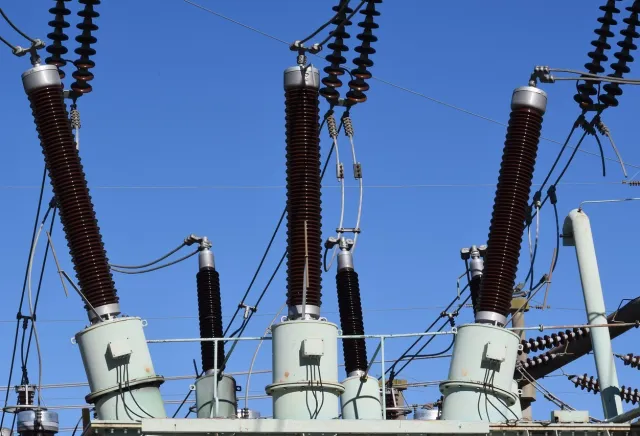The IEEE C37 and IEC 62271 standards define the electrical and mechanical requirements for high voltage circuit breakers and switchgear, including their ratings, performance, features, and testing protocols. Their primary objective is to ensure that circuit breakers can reliably protect electrical distribution systems. A secondary goal is to promote electrical and mechanical interchangeability, enabling seamless integration across the power grid.
The International Electrotechnical Commission (IEC) and the Institute of Electrical and Electronics Engineers (IEEE) were both established in the late 19th century. One of the key motivations behind their formation was to ensure compatibility between components within alternating current (AC) power distribution systems. Without standardized designs and performance criteria, utility grids would suffer from poor reliability, high operational costs, and limited interconnectivity.
Historically, low frequencies proved most effective for driving three-phase motors, which are common in many industrial applications. Meanwhile, electric utilities favored higher frequencies for generation, as this reduced the size and cost of generators. Depending on the distance from generation facilities, different transmission voltages were used to balance efficiency and cost.
To resolve these conflicting requirements, manufacturers and stakeholders began working together to establish standardized ratings and specifications. These efforts led to the development of preferred rating structures and detailed criteria—such as connection dimensions and performance benchmarks—that not only harmonized equipment designs but also enhanced system safety and interoperability.
This paper provides a comparative analysis of the IEEE C37 and IEC 62271 standards, examining both their shared principles and key differences in technical requirements.

